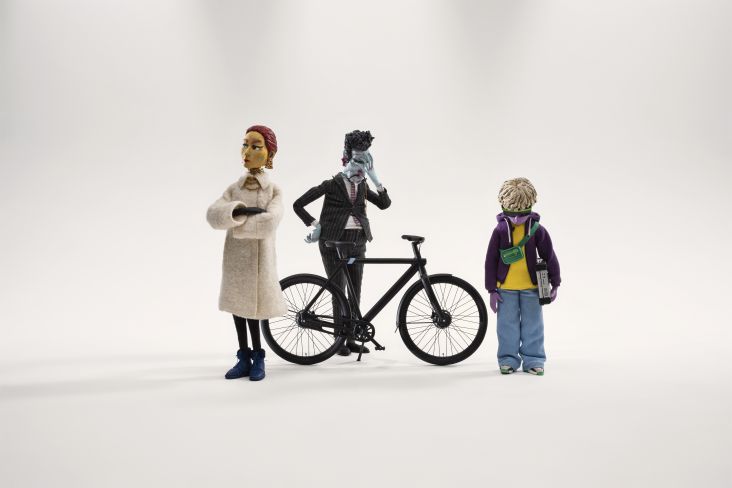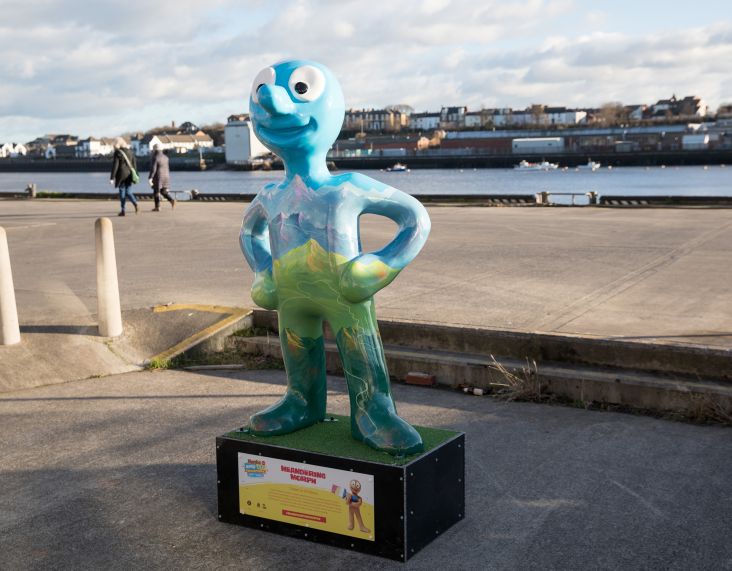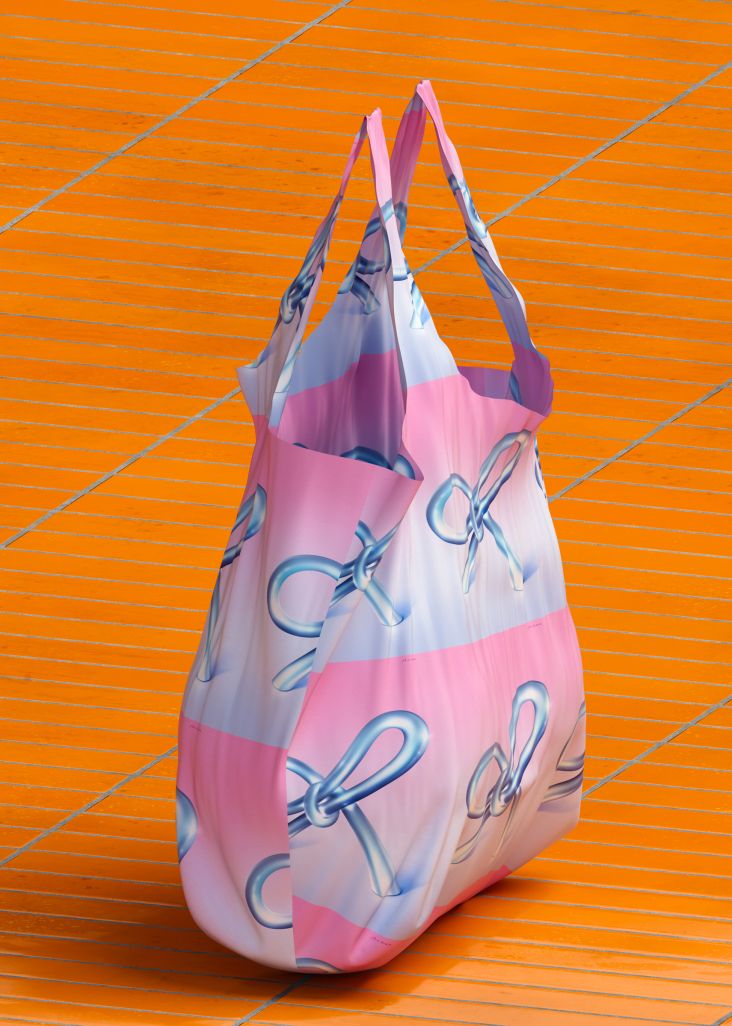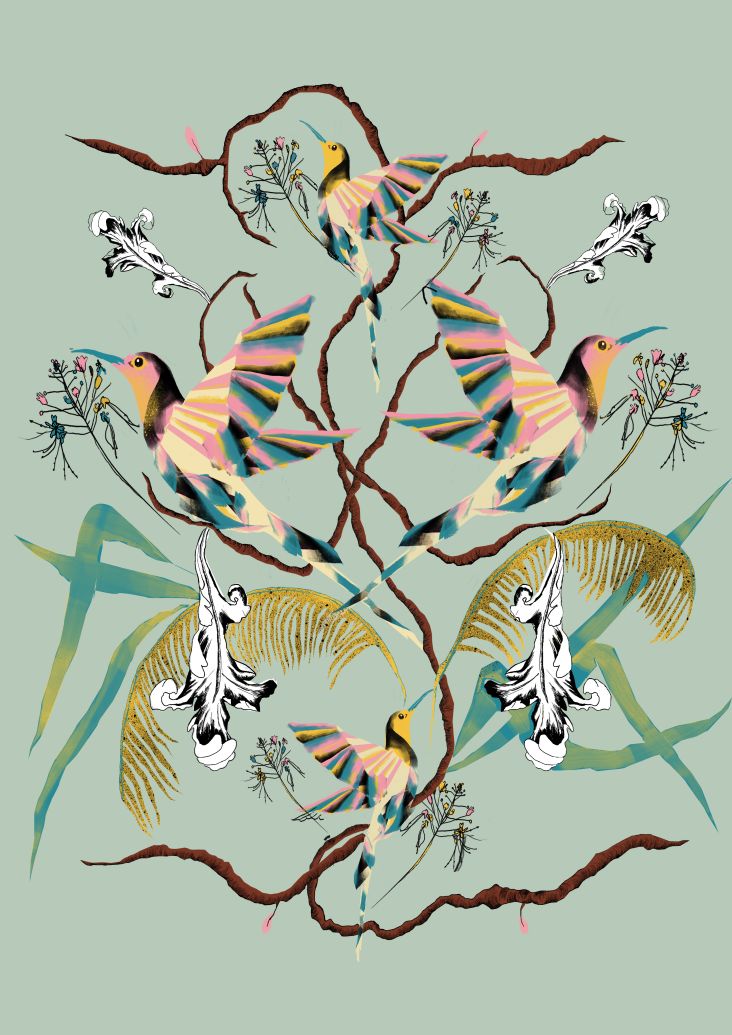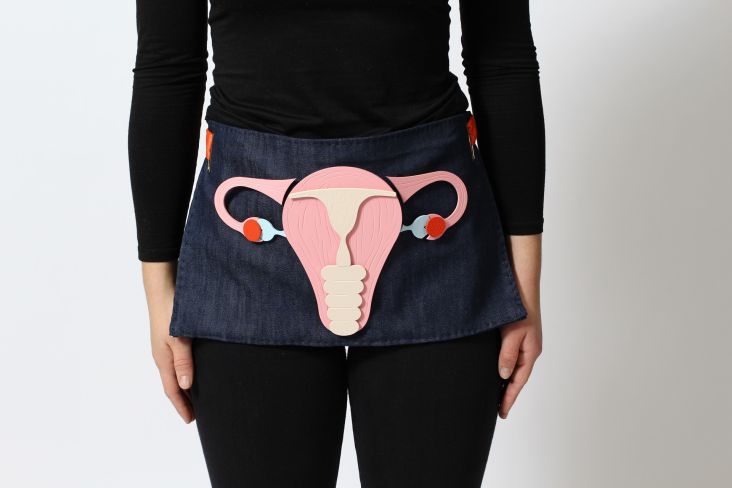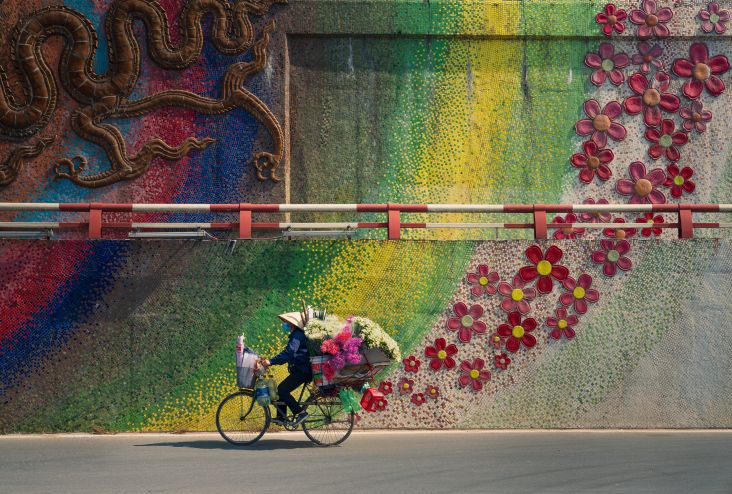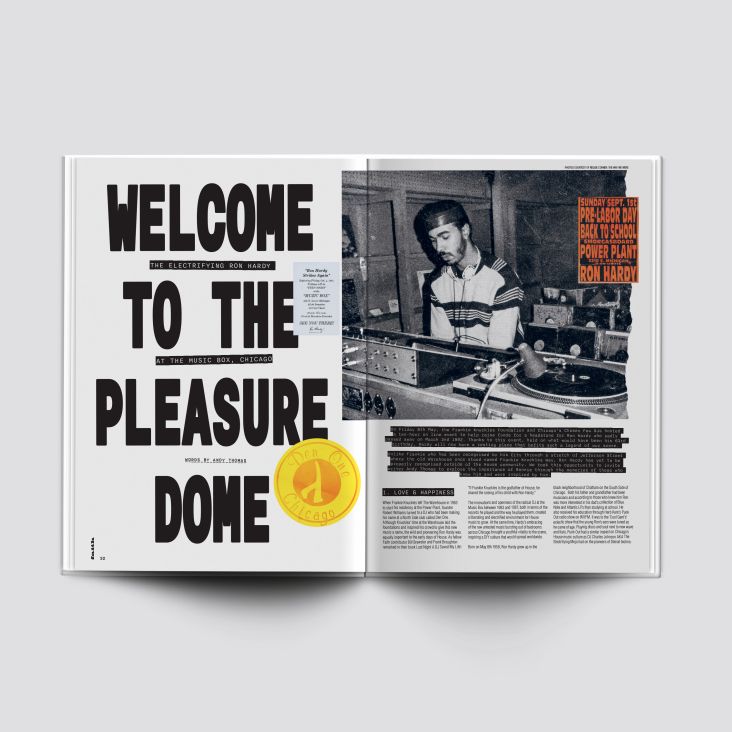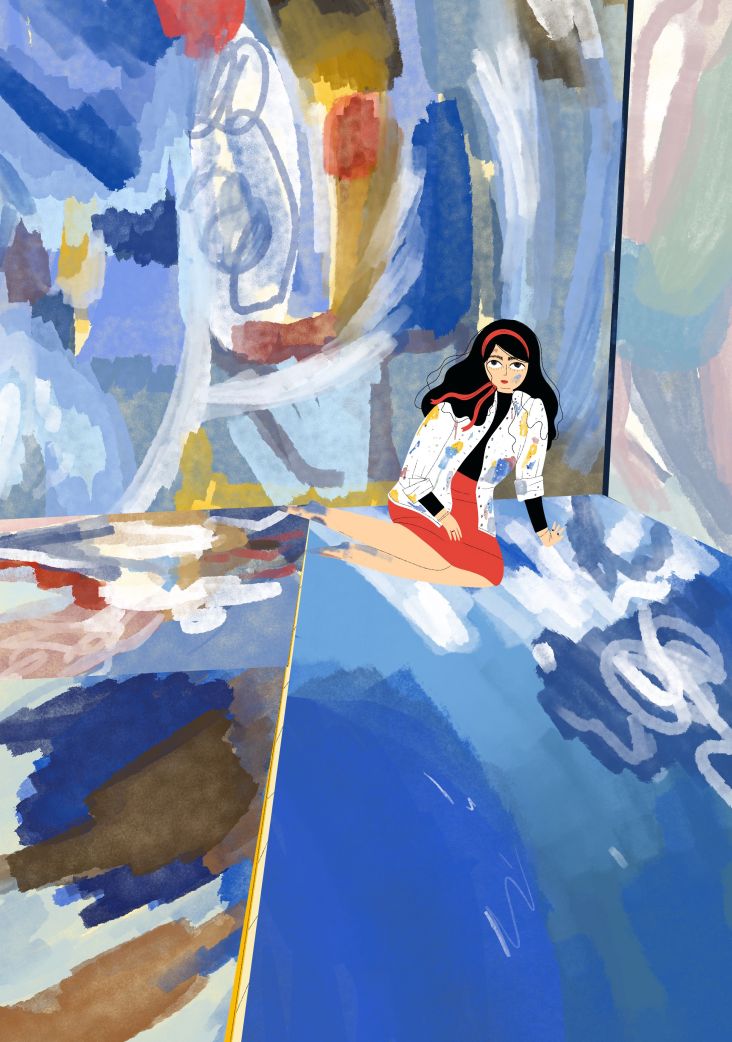Africa Fashion: The V&A's landmark show is a diverse celebration of fashion and culture from the continent
Coming to the V&A in London this summer is Africa Fashion, a groundbreaking exhibition featuring 45 designers from over 20 countries who will together celebrate the creativity and culture from the world's second-largest continent.
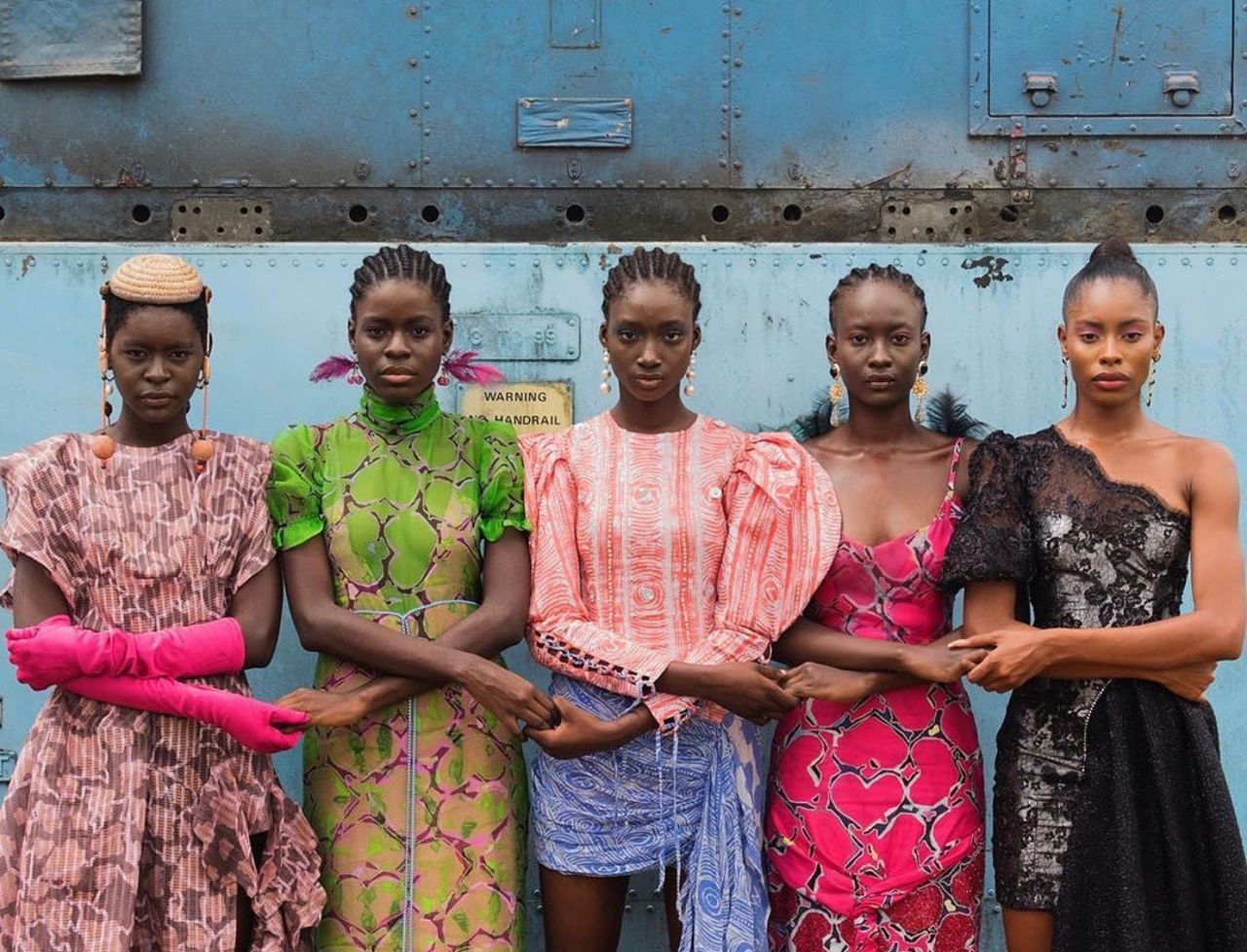
Models holding hands, Lagos, Nigeria, 2019 by Stephen Tayo. Courtesy Lagos Fashion Week
Over 250 objects will be on display for the exhibition, launching in July, with approximately half of these drawn from the museum's collection, including 70 new acquisitions. Many of the garments on display are from the personal archives of a selection of iconic mid-twentieth century African designers – Shade Thomas-Fahm, Chris Seydou, Kofi Ansah and Alphadi, marking the first time their work will be shown in a London museum.
The exhibition will also celebrate influential contemporary African fashion creatives, including Imane Ayissi, IAMISIGO, Moshions, Thebe Magugu and Sindiso Khumalo. Africa Fashion will showcase these objects and the stories behind them alongside personal insights from the designers, together with sketches, editorial spreads, photographs, film and catwalk footage.
Of the new acquisitions, they will highlight fashion trends of the day from across the continent, paired with personal testimonies, textiles and photographs. Highlight objects include photography from 10 families answering the public call-out, an Alphadi dress of cotton and brass gifted to the museum by the designer and a new piece designed specifically for the exhibition by Maison ArtC.

Alchemy collection, Thebe Magugu, Johannesburg, South Africa, Autumn/Winter 2021. Photography: Tatenda Chidora Styling + Set: Chloe Andrea Welgemoed Model: Sio
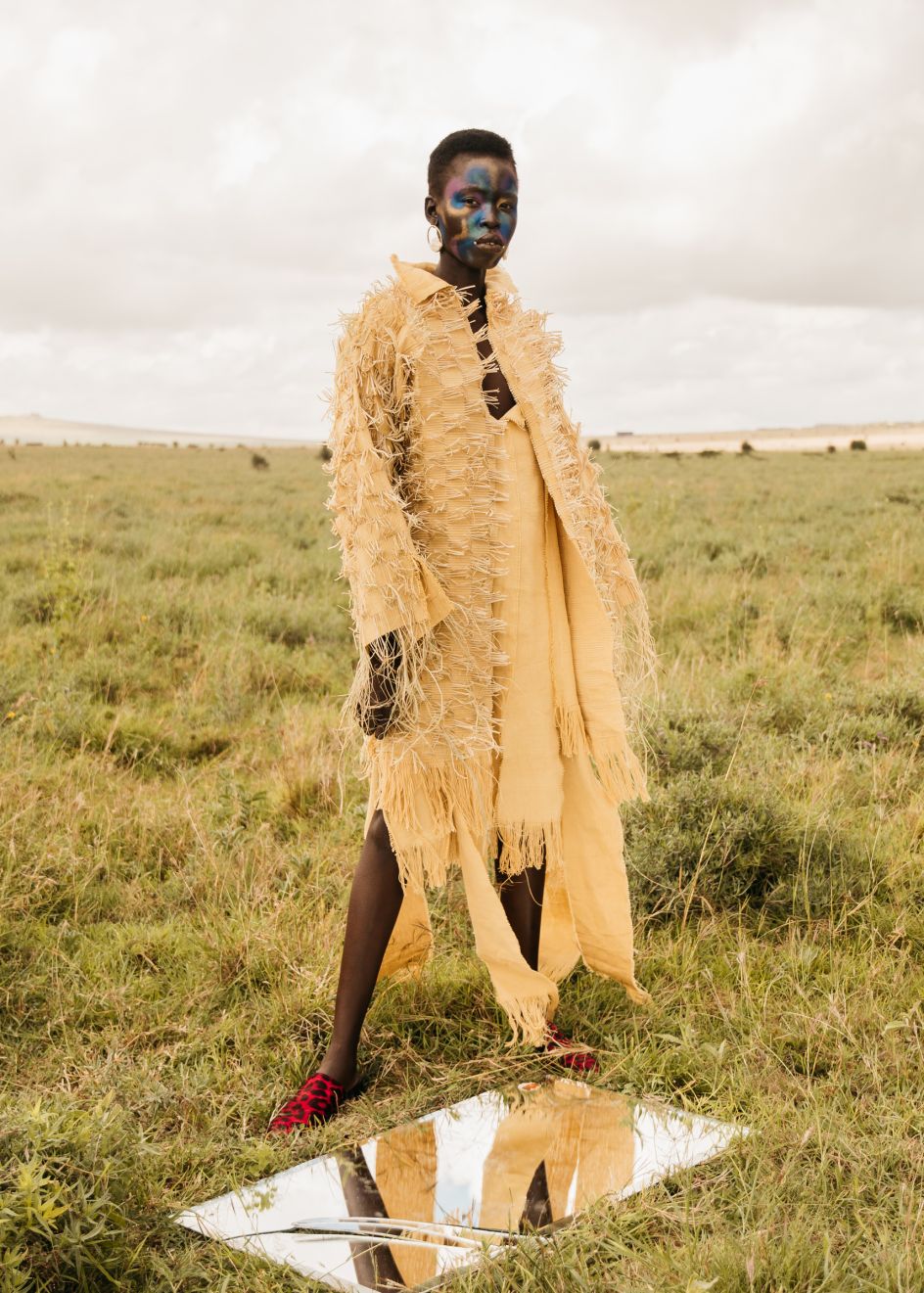
'Chasing Evil' collection, IAMISIGO, Kenya, Autumn/Winter 2020 Courtesy IAMISIGO. Photo: Maganga Mwagogo
"Our guiding principle for Africa Fashion is the foregrounding of individual African voices and perspectives," says Dr Christine Checinska, senior curator. "The exhibition will present African fashions as a self-defining art form that reveals the richness and diversity of African histories and cultures." She goes on to say that showcasing all fashions across such a vast region would be impossible, which is why the show will instead "celebrate the vitality and innovation of a selection of fashion creatives, exploring the work of the vanguard in the twentieth century and the creatives at the heart of this eclectic and cosmopolitan scene today." She adds: "We hope this exhibition will spark a renegotiation of the geography of fashion and become a game-changer for the field."
Starting with the African independence and the liberation years that sparked a radical political and social reordering across the continent, Africa Fashion will explore how fashion, alongside music and the visual arts, formed a key part of Africa's cultural renaissance, laying the foundation for today's fashion revolution.

Mbeuk Idourrou collection, Imane Ayissi, Paris, France, Autumn/Winter 2019. Photo: Fabrice Malard / Courtesy of Imane Ayissi
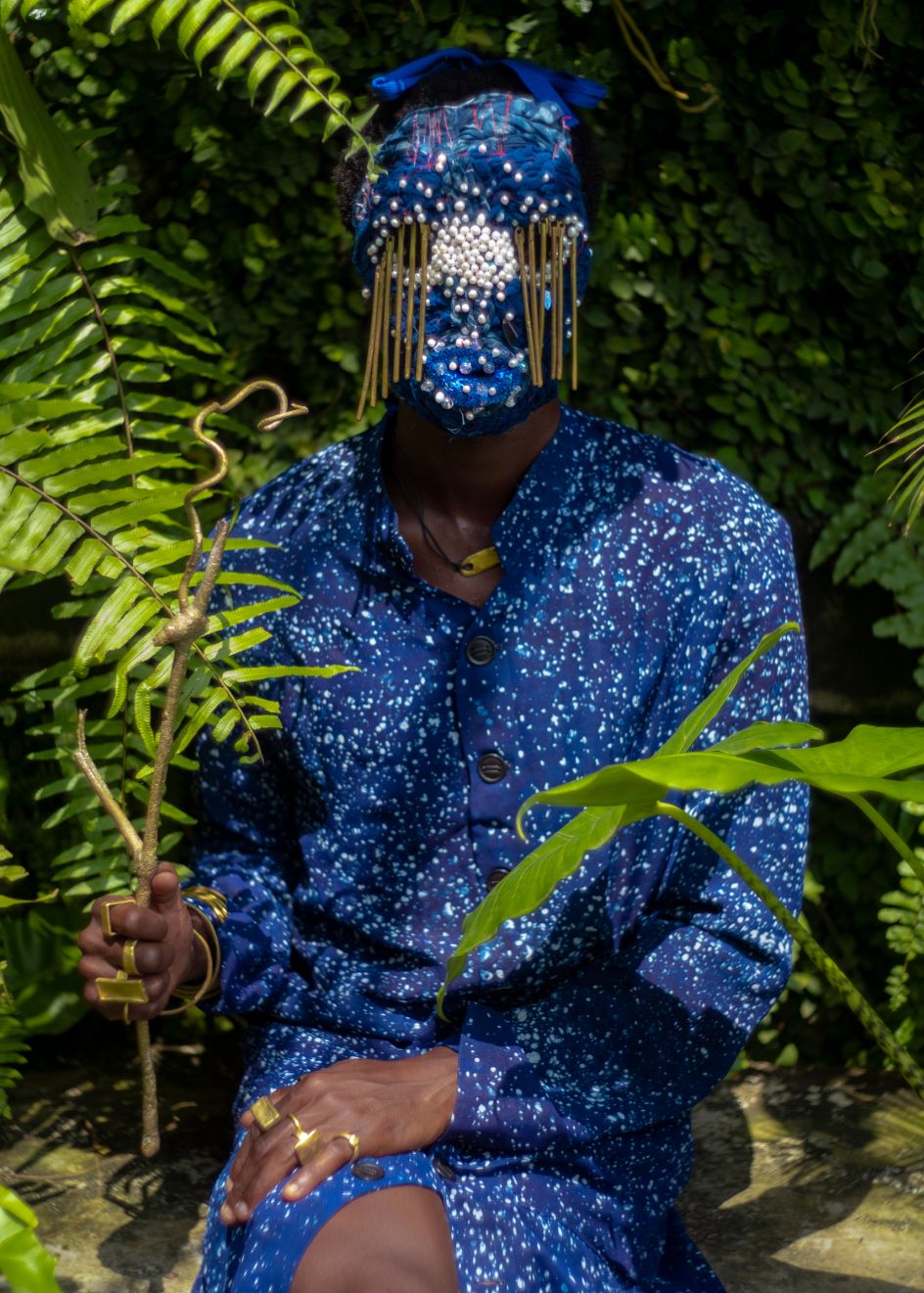
Aso Lànkí, Kí Ató Ki Ènìyàn (‘We greet dress before we greet its wearer’) collection, Lagos, Nigeria, 2021. Lagos Space Programme. Photo: © Kadara Enyesai
We'll get to see everything from contemporary couture and ready-to-wear to bespoke made-to-order and adornment, offering us a close-up look at the new generation of ground-breaking designers, collectives, stylists and fashion photographers working in Africa today. The show will also explore how the digital world accelerated the expansion of the industry, irreversibly transforming global fashions as we know them. From global fashion weeks to celebrity wearers and the role of social media, Africa Fashion will celebrate and champion the diversity and ingenuity of the continent's fashion scene.
"African fashion is something that has existed forever, something that has been a part of us," says Omoyemi Akerele, founder and director of Lagos Fashion Week and Style House Files. "African fashion is the future. African fashion is now. It's not just designers; there's a whole ecosystem of models, make-up artists, photographers, illustrators – imagine bringing everybody's work to life season in season out. Fashion that's created by our people for our people and for the benefit of growing and developing our economy. This exhibition is important because, for the very first time, fashion from the continent will be viewed from a diverse perspective that spans centuries."
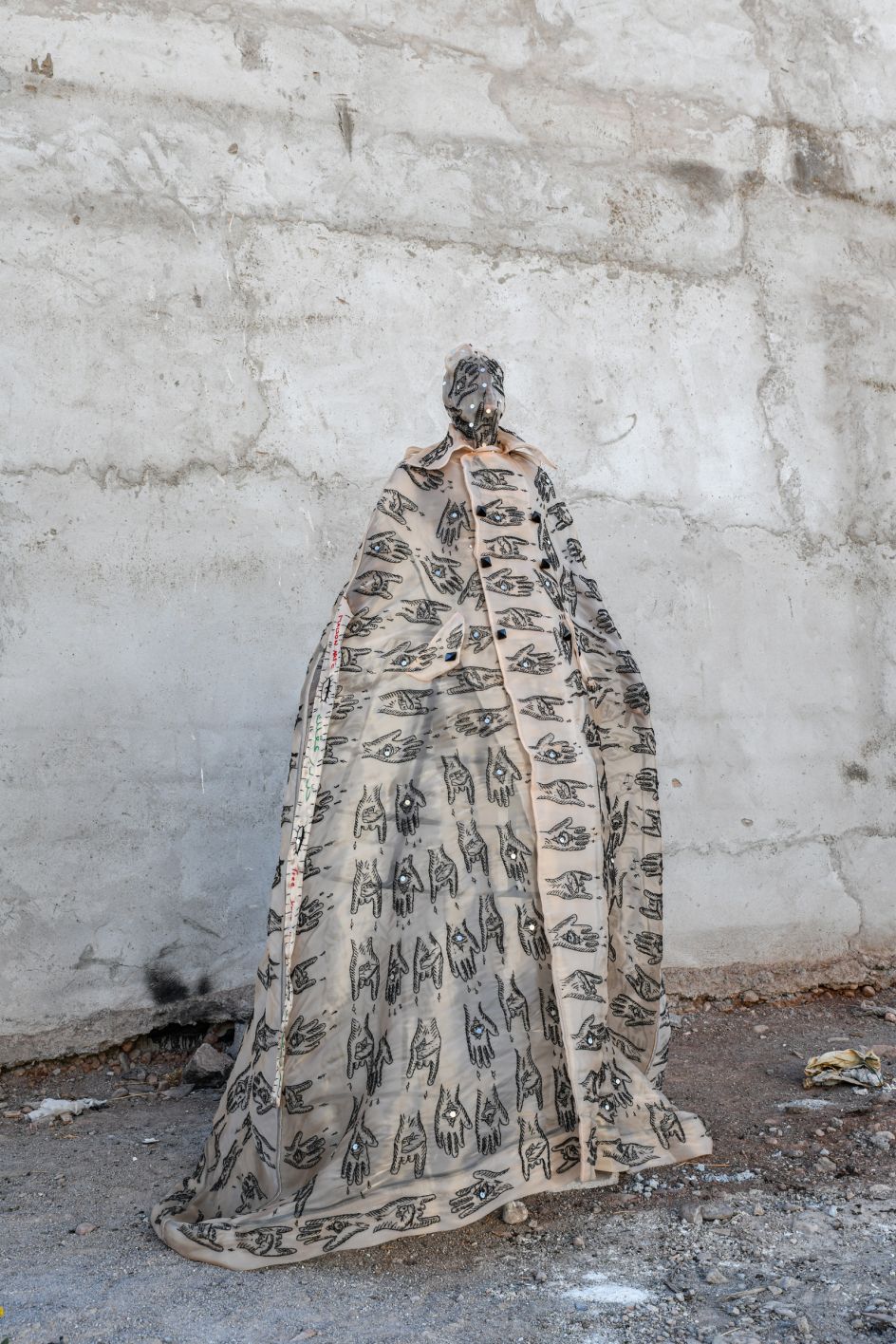
'The Trench' designed by Maison ArtC, Morocco, 2021. Image courtesy @M.A.Roock, model Abdul
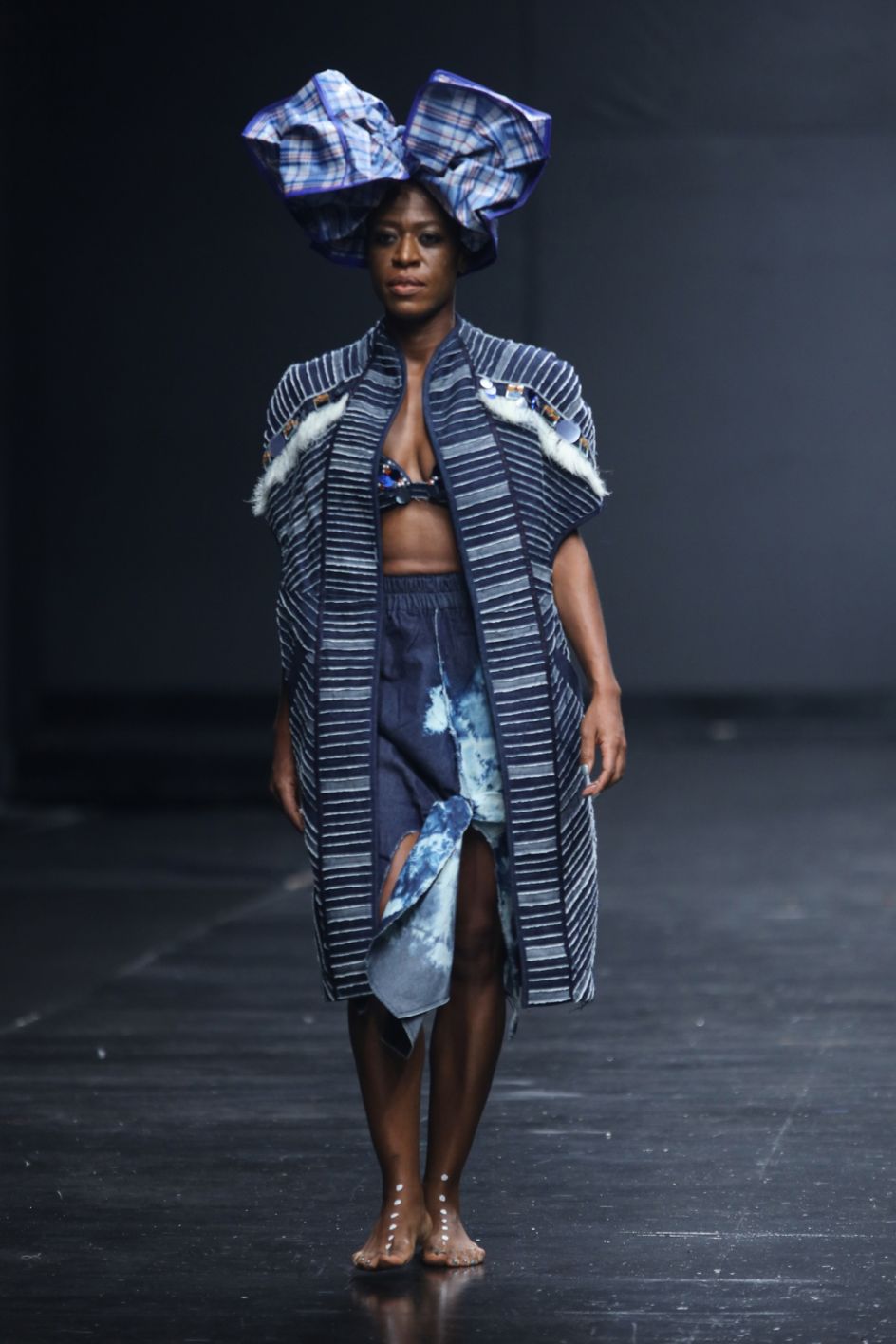
DAKALA CLOTH ensemble, 'Who Knew' collection, Abuja, Nigeria, Spring/Summer 2019 Image courtesy Nkwo Onwuka © Kola Oshalusi
Womenswear designer, Thebe Magugu, adds: "I feel like there are so many facets of what we've been through as a continent that people don't actually understand. Now more than ever, African designers are taking charge of their own narrative and telling people authentic stories, not the imagined utopias."
Artsi, a fashion designer at Maison ArtC, agrees: "Africa Fashion means the past, the future and the present at the same time. The joy of life and the joy of colour is completely different and very particular to the continent. It's a language of heritage. It's a language of DNA. It's a language of memories."
So what can we expect? The exhibition begins with a contemporary ensemble that combines shimmering silk with exuberant layers of raffia by Imane Ayissi. Born in Cameroon, the couturier sits at the crossroads between fashion systems, bridging historical and contemporary periods, continental and Global Africa, artisanal craft making and haute couture. "This ensemble introduces the idea that African fashions are beyond definition and that creatives can and do choose their own paths," says the museum.
The ground floor of the exhibition will continue with an African Cultural Renaissance section that will focus on the African liberation years from the mid-late 1950s to 1994. "The political and social reordering that took place galvanised a long period of unbounded creativity across fashion, music, and the visual arts," the V&A adds. We can expect to see protest posters, publications and records embodying this era of radical change.
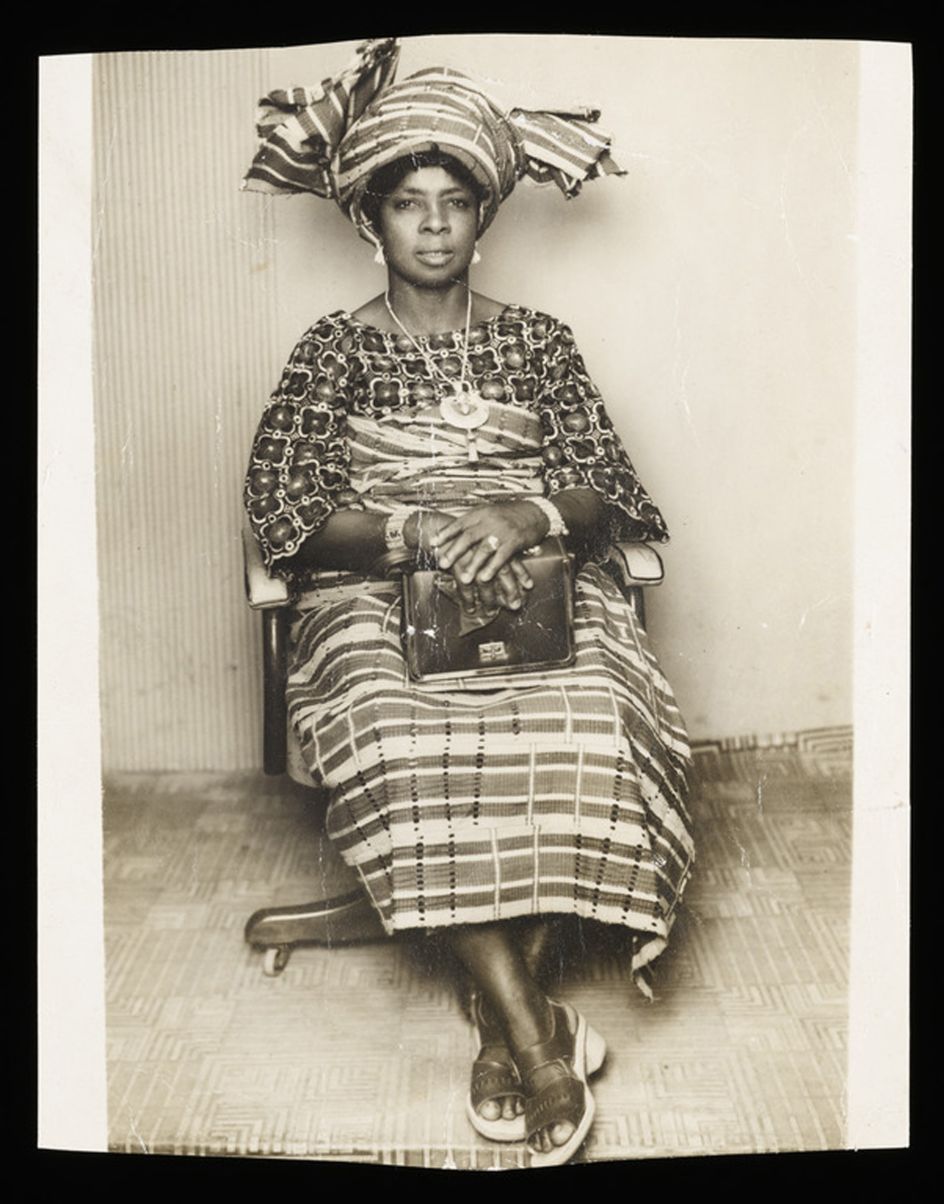
Esther Suwaola, Akure, Ondo, Nigeria, 1960
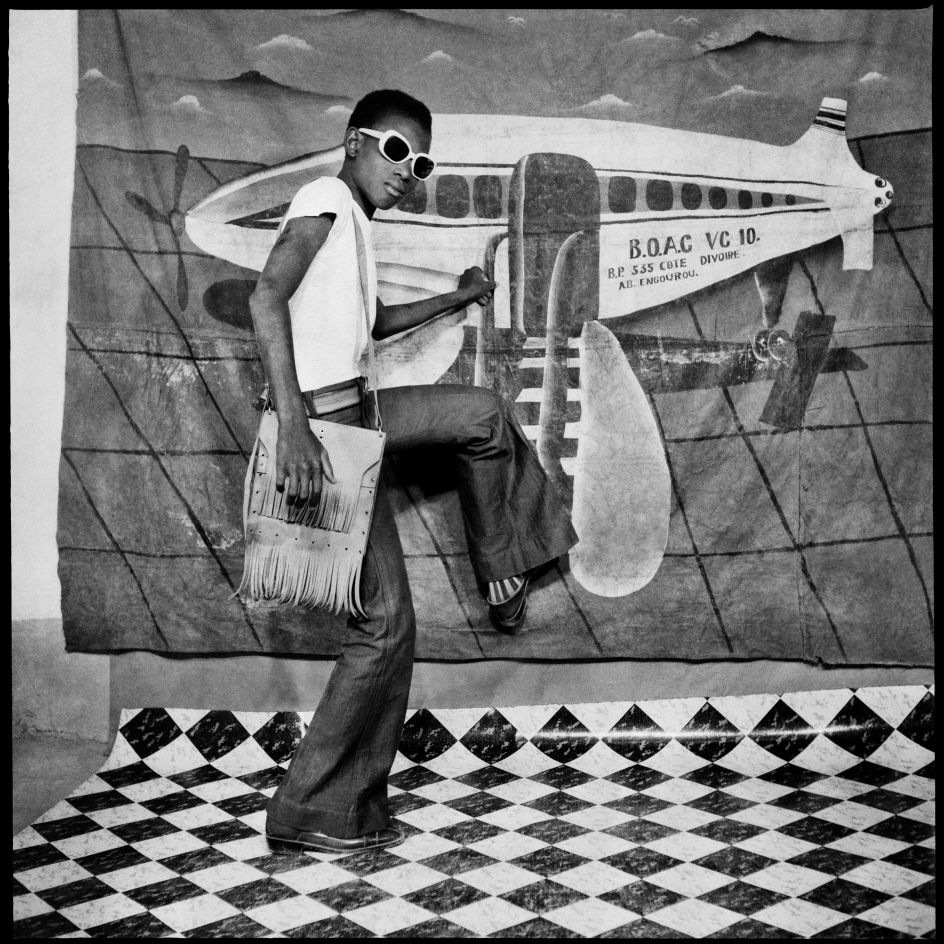
Sanlé Sory 'Je Vais Décoller, 1977' © Sanlé Sory/Tezeta. Courtesy David Hill Gallery
In Politics and Poetics of Cloth, we'll learn of the importance of cloth in many African countries and the way in which the making and wearing of indigenous cloths in the moment of independence became a strategic political act. Wax prints, commemorative cloth, àdìrẹ kente and bògòlanfini will be shown – fragments of a rich textile history that includes thousands of techniques from across the continent. Highlight objects include a strip of printed seersucker cotton from the V&A collection featuring the image of an open palm and the words' Freedom in my hand I bring' incorporating the newly independent Ghana insignia – a visible expression of community concerns as well as national and individual identities. Also on display will be a commemorative cloth made in the early 1990s following the release of Nelson Mandela, featuring a portrait of the soon to be first Black President of South Africa and the words' A better life for all – working together for jobs, peace and freedom'.
Shade Thomas-Fahm, Chris Seydou, Kofi Ansah, Alphadi, Naïma Bennis and their peers represent the first generation of African designers to gain attention throughout the continent and globally. Marking the first moment in which their work will be shown in a London museum, the next section, The Vanguard, will trace their rise and impact, their creative process, and inspirations, brought to life by real stories from those who loved and wore their distinctive designs. Highlights include a re-imaging of the traditional Nigerian ìró by Shade Thomas-Fahm – known as Nigeria's first fashion designer. There'll also be a dress of silk and lurex from 1983 by Chris Seydou, known for promoting indigenous African textiles like bògòlanfini on the global stage. Ghanaian fashion designer Kofi Ansah's iconic fusion of African and European aesthetics will be represented in a blue robe with traces of the Japanese kimono, the European judge's robe and the West African agbádá robe. The innovation of Alphadi described as the 'Magician of the Desert' will be shown with a dress of cotton and brass from 1988, gifted to the museum by the designer.
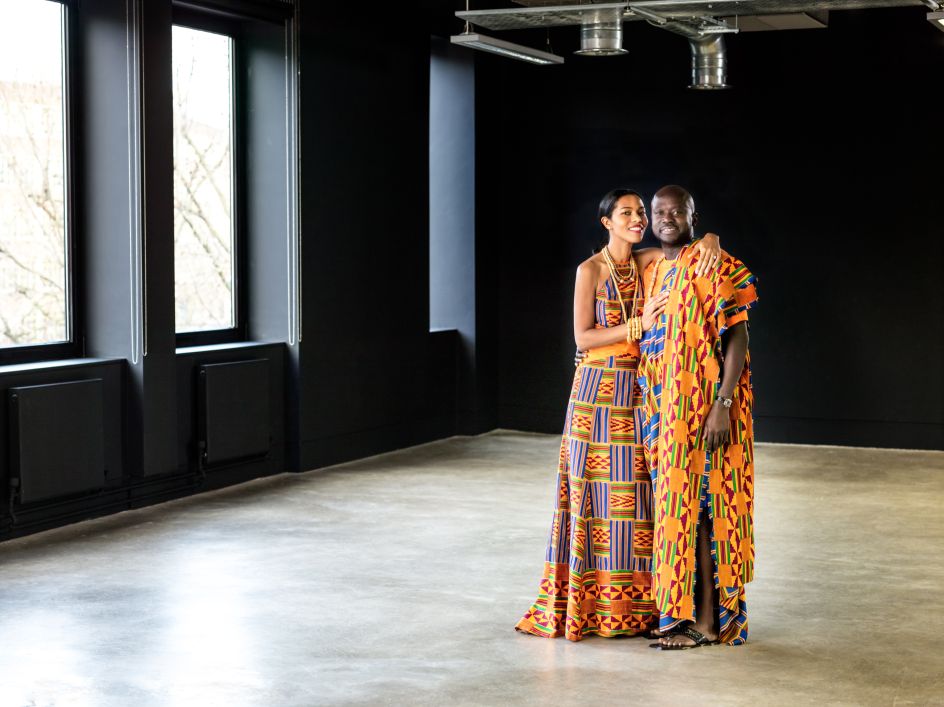
Designed by Kofi Ansah, Ensembles for the wedding of Ashley Shaw-Scott Adjaye and David Adjaye. Ghana, 2014. Photographed in London in 2014 by Robert Fairer
Moving along, a section titled Capturing Change will focus on photographic portraits of the mid-late 20th century, capturing the mood of nations on the brink of self-rule – each shot "documenting the modernity, cosmopolitanism and fashion consciousness of individuals with agency and a desire to use it," explains the museum. Highlights include studio photography from Sanlé Sory, Michel Papami Kameni and Rachidi Bissiriou. The stylish colour portraits of James Barnor will also sit alongside domestic photography of 10 families gleaned from the V&A's public call-out last January.
Finally, on the mezzanine level of the exhibition, a new generation of ground-breaking designers, collectives, stylists and fashion photographers working in Africa today will be celebrated. It all culminates to form part of a broader and ongoing V&A commitment to grow the museum's permanent collection of work by African and African Diaspora designers. It's a collaborative effort to bring new "layered stories about the richness and diversity of African creativity, cultures, and histories, using fashion as a catalyst".
Africa Fashion at the Victoria and Albert Museum in London runs from 2 July 2022 until 16 April 2023. It will be accompanied by a wider public programme focused on Africa Fashion, including in-conversations and talks, learning events, music performances and free to attend live events. You can discover more and book tickets at www.vam.ac.uk.

















